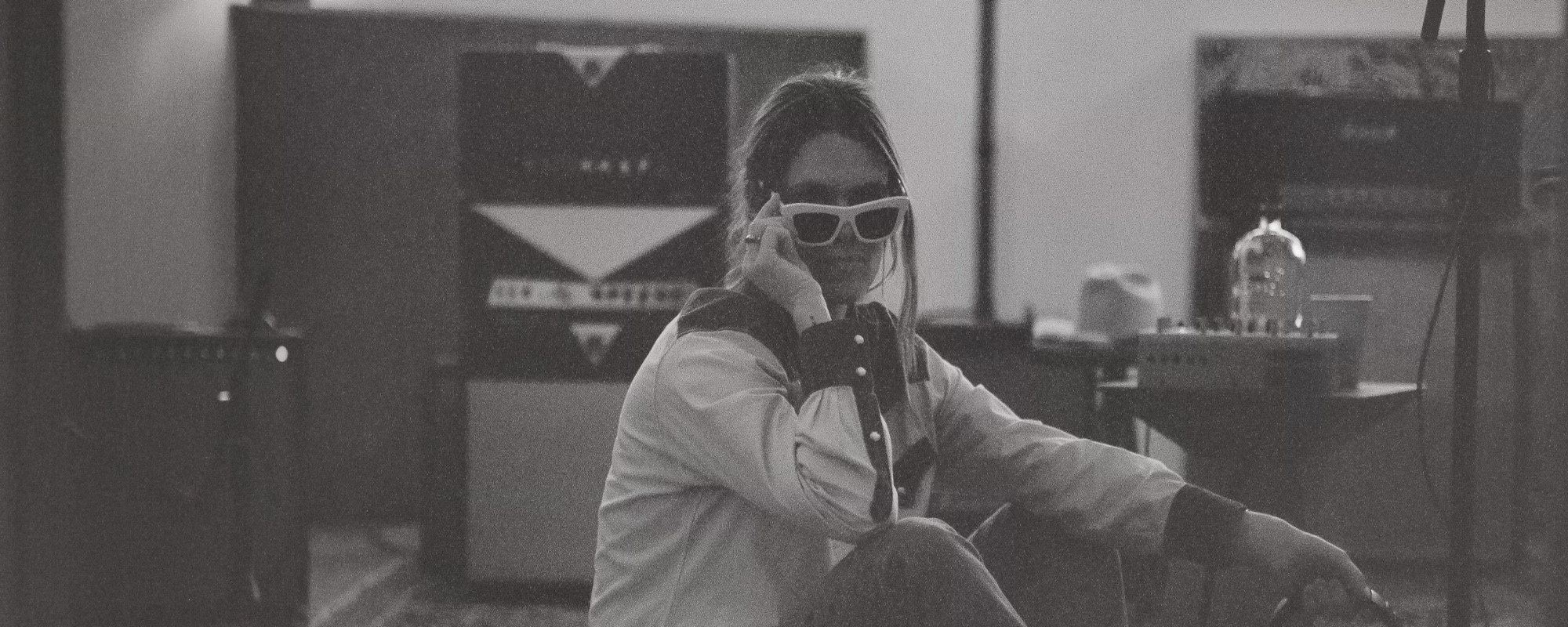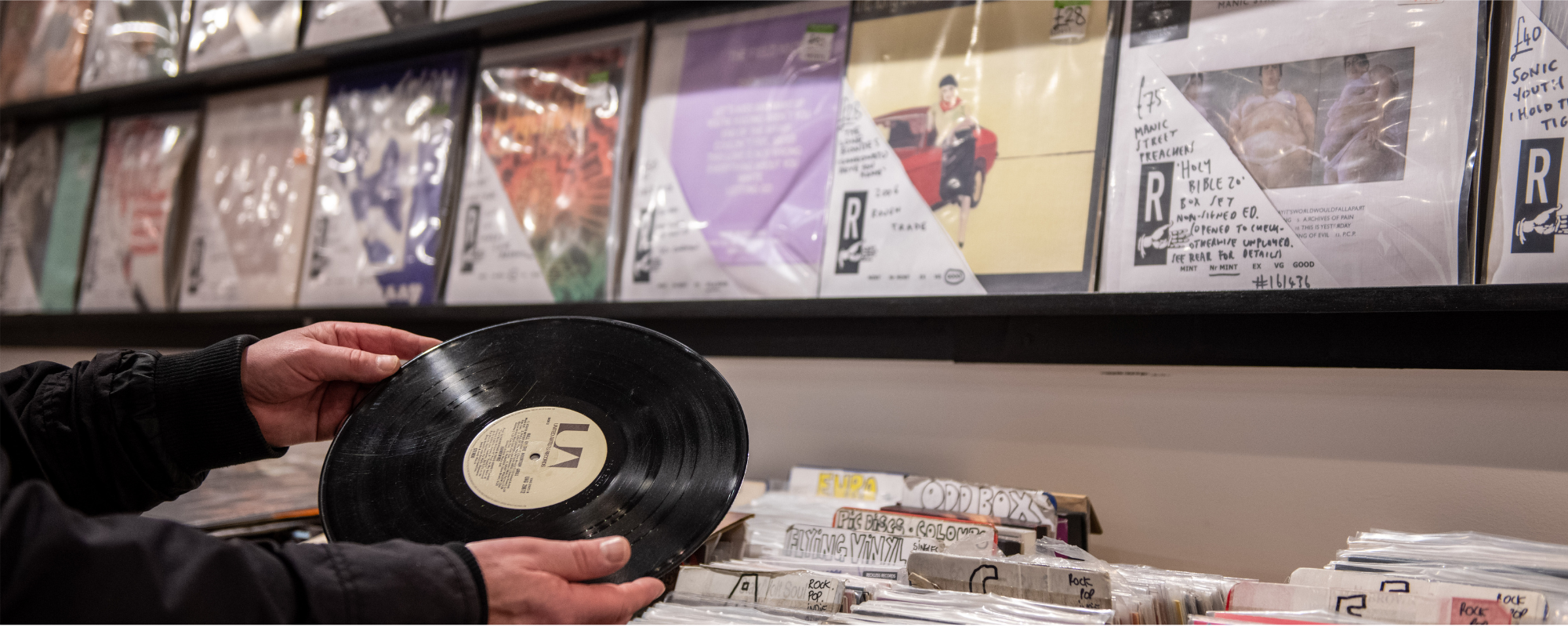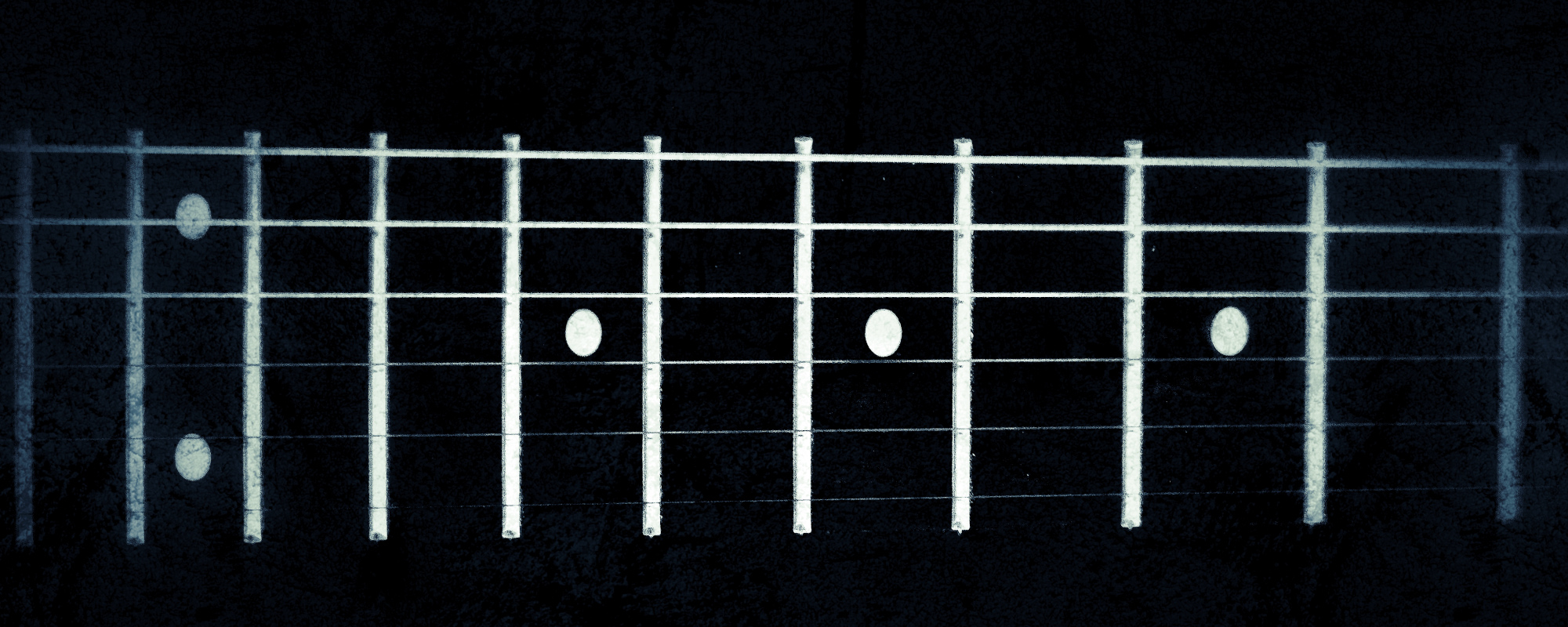Every week in the American Songwriter Membership Hub we break down a popular song. This week we’re going Under the Hood of “Billie Jean” by Michael Jackson to learn a thing or two about Backbeat, Ostinato, and Mixing Modes with a little help from Ben E. King, The Verve, Philip Glass, and more. If you’ve never heard “Billie Jean” (or it’s been a while) please take a couple of minutes to listen before reading the analysis below. Let’s dig in…
Videos by American Songwriter
DRUMS
The song starts with drums, so why don’t we start the analysis there as well?
This is a 2/4 backbeat. Meaning, within each measure of 4 beats, there is a heavy emphasis on beats 2 and 4.
The kick drum is playing on the 1st and 3rd beat:
1 rest 3 rest
The snare drum is playing on the 2nd and 4th beat:
rest 2 rest 4
And the hi-hat is playing eighth notes throughout, dividing each beat into 2 equal parts. When we talk about eighth notes we give the second half of each beat the name “and” or “&.”
1 & 2 & 3 & 4 &
In music notation, it looks like this:

(The top line of x’s is the hi-hat, and the middle row of notes is the snare. And the bottom line is the kick drum)
Notice the rest between the kick drum hits. This is important. The kick is only playing on 1 and 3, not on 2 and 4. If it was it would have a different feel called “Four on the Floor.”
A good example of Four on the Floor in a similar tempo is “Miss You” by the Rolling Stones.
Listen:
BASS
The next instrument to enter is the bass, playing perhaps one of the most famous bass riffs in pop music history. Do you want to know how important that bass line is? Take a listen to the song without it:
I don’t like to think of a world without that bass line. So, let’s get back to it…
That famous groove was cooked up and performed by Louis Johnson of the Brothers Johnson. He plays a steady eighth-note pattern bouncing around the root, 5th, 4th, and 7th relative to the chord.
The rolling ascending and descending bass line helps the riff repeat seamlessly.
Just look at the way that bass part rolls like hills on the countryside:

Performance
What this image doesn’t tell you is that Louis played octaves on the first beat of each measure. Super cool, but for some reason it isn’t listed in the sheet music. And tons of bass students and cover bands omit it. Their loss.
But what this also doesn’t mention is articulation: the way the specific notes are played. In this case, staccato.
Staccato notes are shorter. But, this doesn’t mean that the notes are played more quickly. Rather, instead of holding the note for the entire eighth note duration, the notes are played and then stopped early, leaving open space before the next note.
Staccato rhythms can elicit feelings of excitement, agitation, nervousness, or even passion. Here, the singer is finding out that his one-night stand might be his baby momma.
Feel that anxiety and nervousness?
Thanks staccato!
THE RIFF
When we think of riffs in popular music we tend to think of it as a short melody fragment that occurs in the intro of a song. Like, for example, in “Smoke on the Water”
But the bass line in Billie Jean isn’t limited to just the intro. It’s more like an ostinato.
Ostinato is a repeated pattern over which the rest of the music changes and develops. It comes from classical music. Some good examples of ostinato are Pachelbel’s “Canon in D” and “Mad Rush” by Philip Glass.
Notice below in “Canon in D,” how it starts with the lower melodic idea which continues as new melodies are introduced.
Listen:
And in “Mad Rush” by Philip Glass, notice how the 2 note pattern continues throughout.
Listen:
The cool thing about ostinato in pop music is that the riff is introduced in the intro and then keeps going. The audience gets so used to hearing the riff that it nearly blends into the background as new melodies and parts are introduced.
“Billie Jean” isn’t a strict ostinato, because it lets up in the pre-chorus when he sings People always told me…
But here are some other examples of strict ostinatos in pop music:
“Bittersweet Symphony” by The Verve
“Stand by Me” by Ben E. King
KEYBOARDS
The next instrument to enter is the Keyboard playing a 4 chord pattern: F#m, G#m, F#m7, G#m
The first chord in each pair is played on the first beat along with the kick drum.
But let’s pay attention to the second chord in each pair, that G#min.
Instead of waiting until the next kick drum hits on the 3rd beat, it is played early on the “and” of the 2nd beat. Here it is right when the keyboard enters.
Listen:
This rhythmic push gives a feeling of anticipation. And it helps give the groove a sense of urgency and excitement.
MIXING MODES
The verse starts in Dorian mode. Then in the second half of the verse, it briefly goes into Aeolian mode when he sings “Who will dance on the floor in the round.”
That sounds pretty wild, doesn’t it? Well, really only ONE NOTE CHANGES. But it makes a big difference.
Dorian mode and Aeolian share the same notes except for one note: the Aeolian’s 6th note is flattened. Here are the notes in both modes:
F# Dorian
F# G# A B C# D# E
F# Aeolian
F# G# A B C# D E
(See! The only difference is the D and D#)
The keyboard makes a very clear case for being in F# Dorian since every other chord it plays is a G#min which includes the notes G#, B, D#. That D# note is what makes it the Dorian mode. If I asked you to hum that keyboard part you are more than likely singing that on every other note.
So, after hearing that D# note over and over again for 36 seconds, our ear assumes that when a chord comes around with the root note B, it will be a B MAJOR chord (includes the notes: B, D#, F#) But instead, when he sings “I am the one,” we hear a B minor chord (includes the notes: B, D, F#).
Which is totally cool because it feels darker which suits the subject matter of the lyrics. But it is surprising.
But then it goes right back to Dorian mode again as the next verse begins.
Then the Pre-Chorus is ALL in Aeolian mode.
Then the Chorus is back in Dorian mode for the first half and Aeolian mode for the second half.
And on and on as the song continues.
So, again, we’re only talking about changing ONE note here. But it makes a big difference.
And, it is very sophisticated pop songwriting to switch back and forth between modes. Sometimes it can sound indulgent and potentially lose the audience’s attention. But not here. It works really well.
One last fun thing before I go…
Ad lib
Michael Jackson was the King of Pop. And…the King of Ad-lib.
Ad-libbing is all about going off the script and making it up as you go. In other words, spontaneously singing notes and words that are not written.
Michael Jackson’s ad-libs in Billie Jean are iconic. So, much so, they have been baked into the “part.”
Here’s a video of Michael’s vocal isolated vocal parts so you can clearly hear every “dah” “ah” and “hee hee.” Also…check out those vocal harmonies.
Photo by Kevin Mazur/WireImage

ABOUT THE AUTHOR
Dean Fields is a singer, and songwriter, as well as a mentor at American Songwriter. His songs have been No. 1 on the Texas radio charts, featured in film/tv and commercials, recorded by Lori McKenna, and produced by Garth Brooks. He is also director of American Songwriter’s dynamic Membership Hub where members get access to exclusive content, a community of songwriters, and the tools to take their songwriting to the next level.







Leave a Reply
Only members can comment. Become a member. Already a member? Log in.